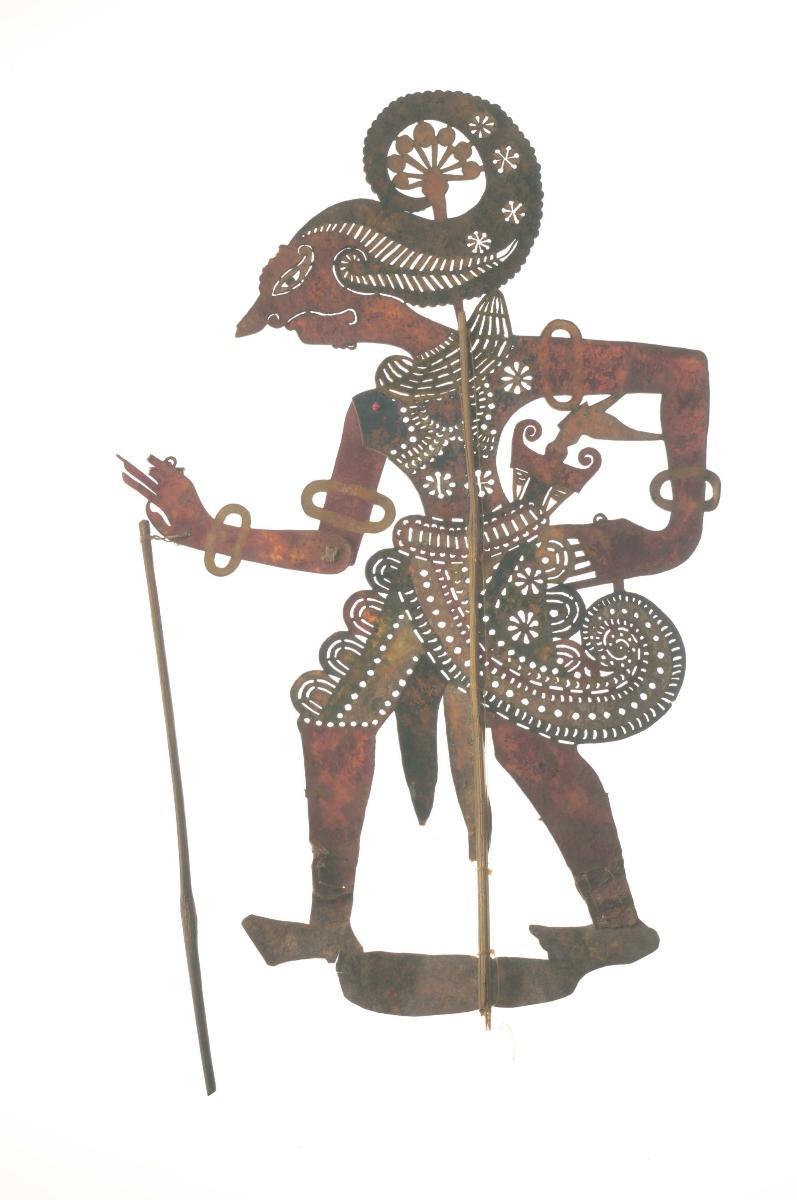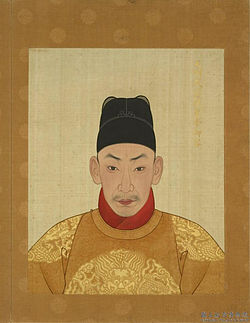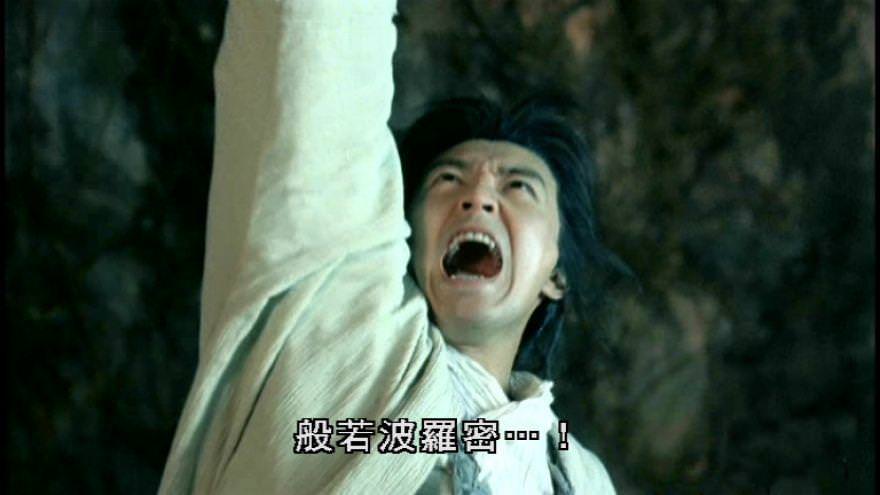Khoja Hassan
火者亞三先生是中古馬六甲時代很出名的一條水。
Khoja Hassan (b. 1473, d. 1521) was a rather colorful mantri in Melaka. He was the maritime mantri (水官 Laxamana1) in Melaka, he took over the role from his father-in-law, a certain mister Tuah in Sejarah Melayu. The role was then passed to his brother-in-law2 when Melaka was about to be sacked by the Portuguese. It is clear from this example that nepotism is deeply integrated in Asiatic court politics.
He was of Southern Chinese descent (probably Fujian or Guangdong), but his name reveals that he was a Muslim Chinese. Khoja is linked the Persian word khvâjəh (خواجه) and it is originally used to describe a class of Muslim converts in India.
Given his familarity with Chinese matters, he was recruited by the Portuguese after the fall of Melaka, as the envoy of the new Portuguese Melaka. When he was in China, he became the play companion of the 10th Ming Emperor (Zhū Hòuzhào 朱厚㷖3), who famously died in the Leopard Chamber4 豹房.
He can speak Chinese, Malay, and Portuguese. The Portuguese probably acquired the word mandarim in from a multiligual person5 like Khoja Hassan. In Tome Pires's Suma Oriental, mandarim is used almost exclusively to describe administrator of a Melaka locale, for example, in p. 261, we see:
. . . The first place is Muar. This is the chief place after Malacca. The town contains about two thousand men; it has a very good river; it has beautiful farms, and it has enough rice for its own needs. It has plenty of foodstuffs, many oracas. The people of Muar are knights; they have many mandarins. It is under the jurisdiction of the Bendahara. It has paraos and a beautiful riverside with trees, and fish. It is a cool place . . .
Later, around the end of 16th century, the word was used by Spanish writers to refer to government officers in China.

And much later, it was absorbed into the English lexicon and its usage was sligtly broaden to also mean the language spoken by the Chinese government officers 官話. And much much later, the word was used as a glue word to sinonize an object, e.g. mandarin oranges, mandarin duck, etc.
- Laxamana (लक्ष्मण) is an Indic loanword. The most famous Laxamana is perhaps the younger brother of Rama in Ramayana.

The word means ‘fortunate' in Indian, and when semantically ported to Malay, becomes ‘tuah'. The tuah-laxamana duality and the first use of the Indic sobriquet was recounted in the Sejarah Melayu. In the Krusenstern manuscript, we were told that the man who officially equated Tuah with Laksamana was Sultan Mansur: . . . orang yang ternama sembilan orang. 1Jebat, 2Kasturi, 3Lekir, 4Lekiu (لکيو), 5Ali, 6Iskandar, 7Hasan, 8Husin, 9Tuah. Orang sembilan itulah yang tiada bertara, barang lakunya tiada terturut oleh orang yang lain. Syahdan akan Hang Tuah itu apatah lagi, cerdik, perkasa daripada yang lain. Jika ia bergurau sama muda-muda maka disingsingnya tangan bajunya. Maka ia memekis: ‘Ceh!' katanya. ‘Laksamana lawanku'. Maka disebut oleh sama muda-muda namanya ‘Laksamana'. Sultan Mansur pun turut menyebut nama Hang Tuah itu Laksamana . . .
In MS18 however, the names of the Hangs look slightly different: . . . maka Hang 1Tuah dan Hang 2Jebat dan Hang 3Lekir dan Hang 4Kasturi dan Hang 5Lekiu dan Hang 6Khalambak dan Hang 7Ali dan Hang 8Iskandar sekalian orang itu tiada terturut oleh orang yang lain. Sebermula akan Hang Tuah barang lakunya terlalu cerdik dan perkasa. Jika ia bermain terlebih daripada orang yang lain, jika ia memangkas atau bergurau sama muda-muda, maka disingsingnya tangan bajunya seraya katanya, ‘Laksamana lawanku' maka ia dipanggilnya oleh sama muda-muda, ‘Laksamana', jadi lekatlah namanya ‘Laksamana' disebut orang . . .
Note that the names of the nine Hangs in the Krusenstern look slightly different from that of MS18. When Ibrahim Kandu read the story to John Leyden in 1810, he was using a manuscript with a list that is consistent with that of the Krusenstern's.
- His brother-in-law was Hang Nadim (نديم). The Riau archipelago is traditionally the fief assigned to Laxamana. Consider the following two examples. (a) When the Laxamana 樂索摩拿 wrote the Shō Shin 尚真, King of Ryukyu in 1481, he marked his address as Bintan (樂索摩拿拜謝馬安山到琉球國王殿下). 30 years later in 1511, Afonso de Albuquerque reported that 80-year-old Lassamane initially wanted to join the Portuguese government in Melaka but he was dissuaded by the Moors when he was in Muar. (b) The name of the airport in Batam is Hang Nadim International Airport.
- Zhū Hòuzhào (b. 1491, d. 1521) or Emperor Zhengde 正德帝 was the great grandson of Emperor Yingzong 英宗帝 (b. 1427, d. 1464);

Yingzong, in turn, was the grandson of Emperor Yongle 永樂帝. Yongle was the guy who personally entertained the first three kings of Melaka when they visited China.
- Tributary items demanded by the Ming government from Joseon were: Ginseng, Amur leopard, Joseon maidens, etc. Princess Hanshan 含山公主 (b. 1381, d. 1462), for instance, was the younger sister of Yongle and she was mothered by a Goryeo concubine. And one of Yongle's favourite concubine was the Lady Gwon 賢妃, who was given the posthumous title Gongxian 恭獻 when she died at the young age of 18.99. Lady Gwon was among the 300 Joseon maidens gifted to Yongle by Yi Pang-wŏn
李芳遠 (the father of King Sejong) in 1408. It is reasonable to suppose that the Amur leopard and the Joseon maidens were placed in the same complex, which eventually gave rise the name of Leopard Chamber 豹房.
- Khoja Hassan was likely absorbed into the Portuguse government in Melaka, since he was the interpreter in Tome Pires's entourage to China. In MSL (7 November 1529), Khoja Hassan's nationality was reported as Portuguese (Franks 佛郎機).







Comments